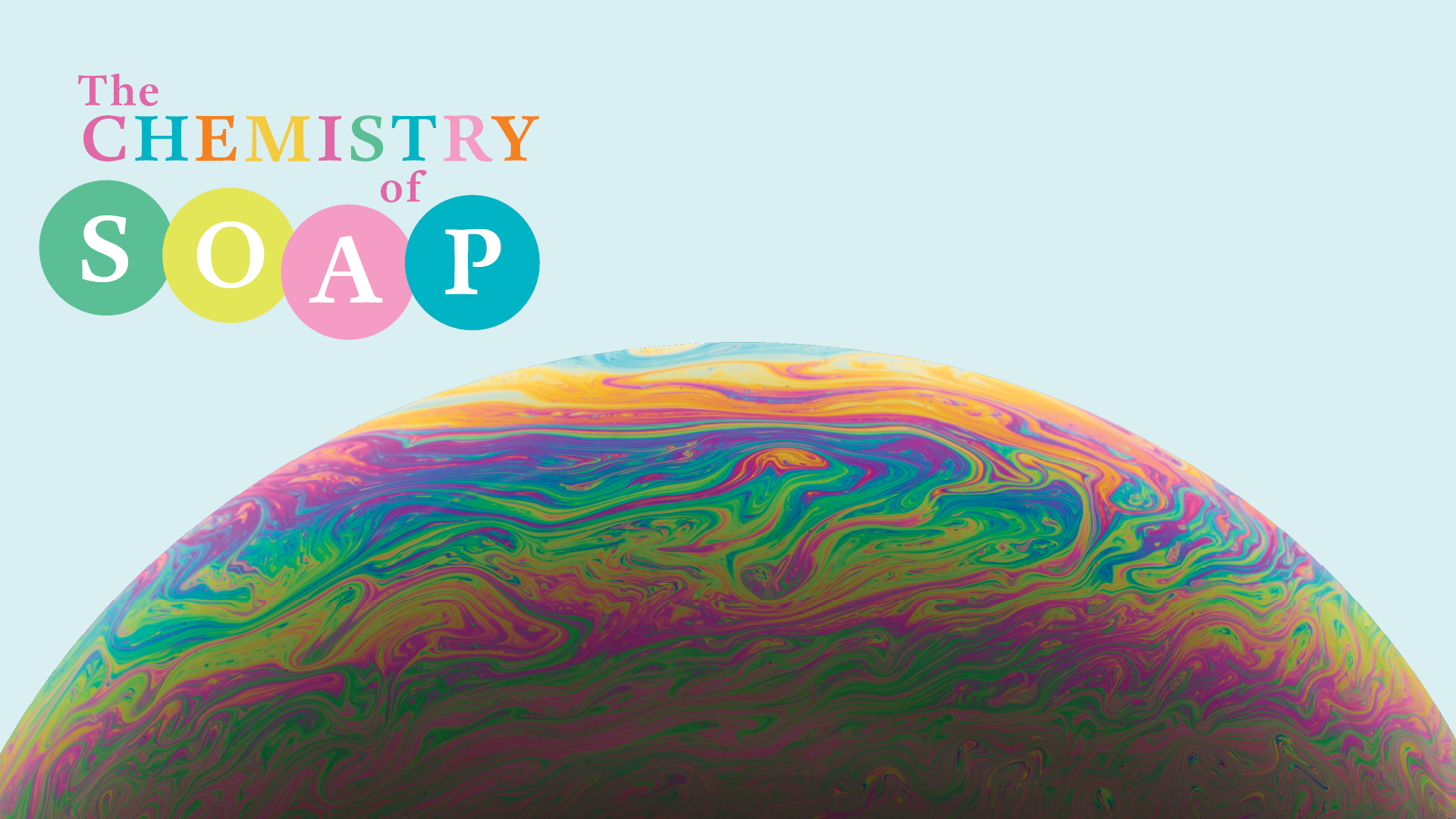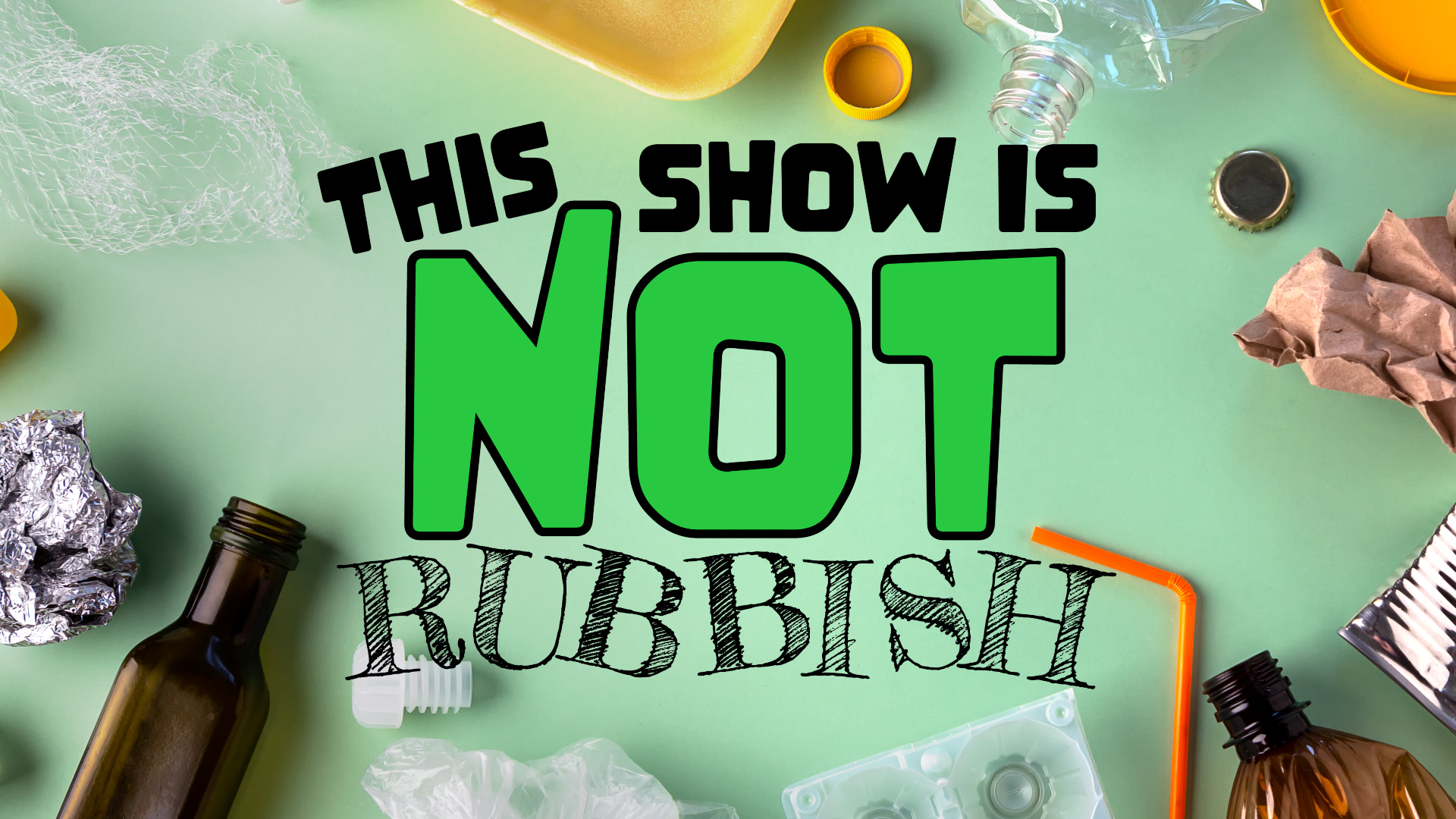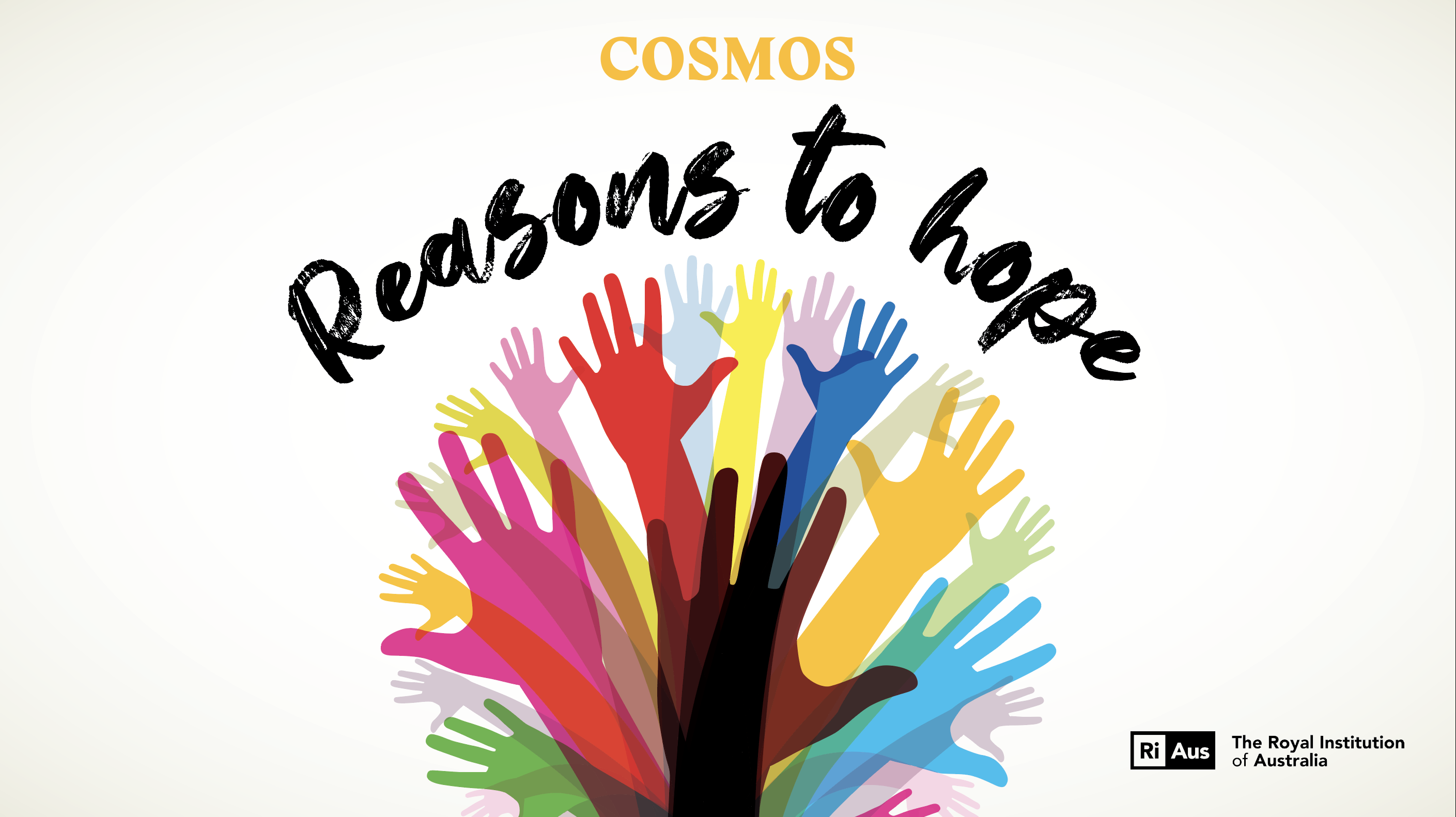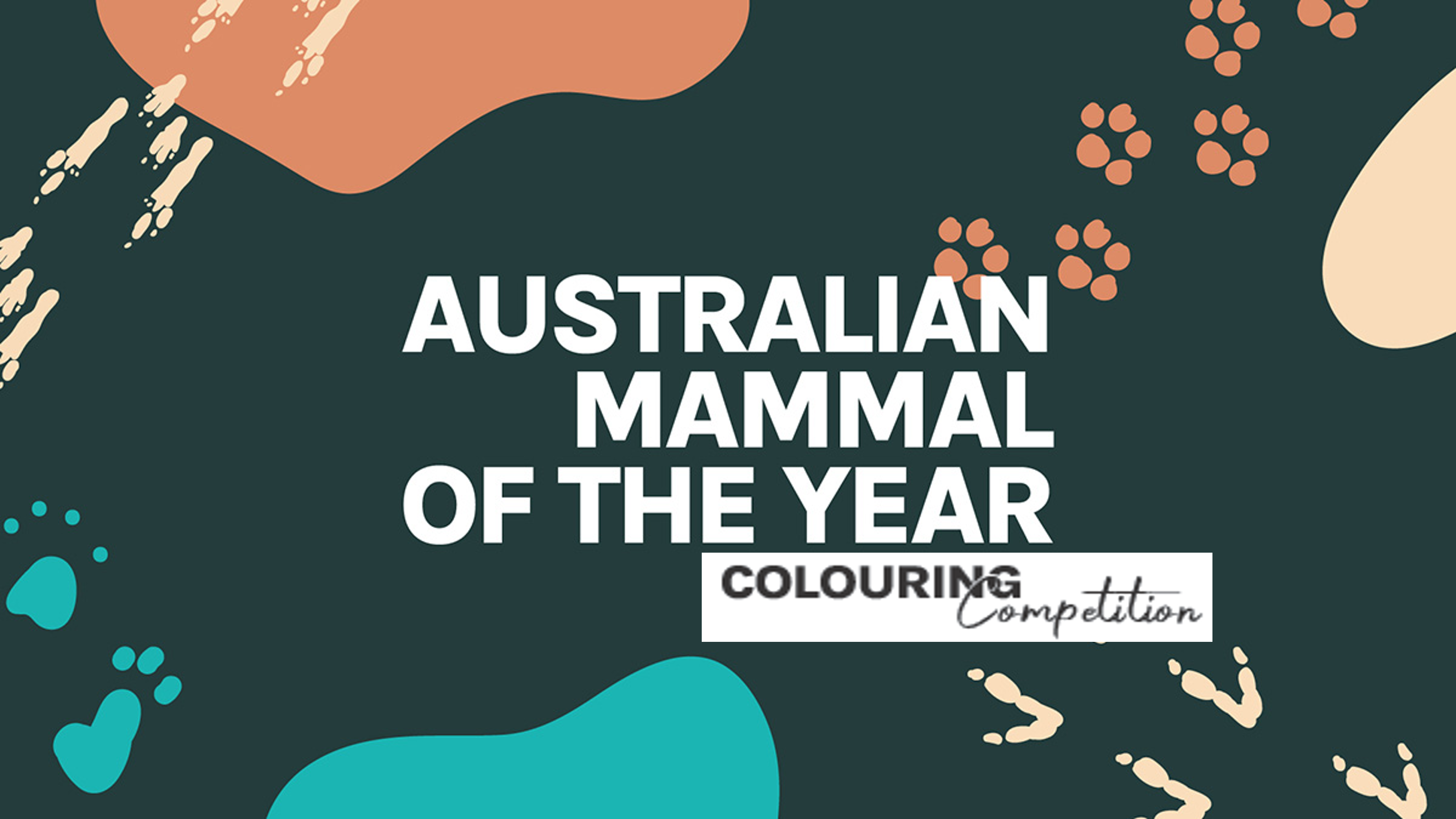A few minor cosmetic tweaks aside, the basic recipe for soap has endured for millennia. Jacinta Bowler looks at its literal love-hate relationship with water, its potency against a planet-busting virus, and why any attempts to improve upon it just won’t wash.
This extended resource is best suited to secondary school Chemistry students learning about chemical reactions, acids and alkalis and Biology students learning about cells. Try the student activity to get students making their own soap.
Word Count: 1055

Show of hands: who has become infinitely, intimately more familiar with soap recently? If 2020 was the year we learnt to wash meticulously in between our fingers and all the way up our arms, it was also the year we discovered just how long 20 seconds in front of a bathroom mirror can be.
But have you ever stopped to wonder how the humble bar of hand soap actually works? How does that slippery ‘cake’ invented thousands of years ago remain on par with hand sanitiser or any of the other modern-day cleaning products we wield against a virus that’s become a pandemic?
At its most basic, hand soap is just a combination of fat or oil with an alkaline substance. The first people we know of to lather up like this were the ancient Mesopotamians, who mixed animal fat with water and wood ash to produce a substance that, while no doubt greasy, smelly and hugely unpleasant, could also spirit away dirt and grime in a manner that must have appeared borderline miraculous.
At its most basic, the wood ash splits the animal fat or oil (called triglycerides) into molecules called amphiphiles. These amphiphiles have one end that loves water, and another that hates it.
“One end is usually bulky and shorter; we say it’s hydrophilic – it interacts strongly with water,” explains University of NSW chemistry professor Pall Thordarson. “Then there’s a longer hydrophobic end; we call it a ‘greasy tail’.”
A very similar type of molecule – called a phospholipid – is what forms our cell membranes.
Those Mesopotamians invented a product we’re still using 5000 years later. Today’s soaps, admittedly augmented with exotic conditioners, oils, colours and scents, still utilise the same basic mechanism – amphiphiles.
You may not know Thordarson from a bar of you-know-what, but he actually went viral in early 2020 thanks to a Twitter thread on how soap works against virus particles, so he knows a thing or two about the topic.
Also: The Science of Fireworks
“It was quite an experience,” he explains. “I’ve been interested in lipids ever since my pre-PhD days.”
In his viral thread, which was originally a Facebook post in Icelandic, the scientist broke down the supramolecular chemistry behind soap and water’s effectiveness.
Imagine you could see down to a molecular level while washing your hands.
Once you rinse your hands with water and lather them up with soap, the amphiphiles get to work. The hydrophobic ends want to avoid the water at all costs, so they start to bunch up next to each other, eventually forming a sphere with the hydrophilic ends facing the water and the hydrophobic ends inside.
But amphiphiles are also attracted to other non-water molecules, such as dirt, grease, bacteria, dead skin cells – even viruses.
“A virus is really just a nanoscale, greasy little meat particle,” says Thordarson, “and the lipid tails on the soap molecules will try to avoid the water by sticking into the greasy virus.”
Because most bacteria and viruses have cell membranes (called “envelopes” in the case of viruses), the amphiphiles can pry open the molecules like a crowbar, spilling the contents and rendering the virus or bacteria inactive. Then the amphiphiles form little spheres around the spilled contents, ready to be washed down the drain when you rinse your hands.
Ignore all the different scents, colours and fancy packaging and you’ll find that most soaps work this same way. “The entire soap industry is 99% marketing because they’re more or less selling the same stuff,” says Thordarson.
But there’s a category of soap that’s popped up in the last few years that claims to be “antibacterial” or “antimicrobial”. While this might seem like an advertising gimmick – which it partially is – these soaps are actually a bit different in the way they work. Some soaps marketed as antibacterial have “active ingredients” like triclosan and chloroxylenol, but these ingredients have been controversial. Back in 2016, after manufacturers were unable to demonstrate that they were safe for long-term daily use, or indeed any better than plain soap, the FDA in the US banned 17 chemicals including triclosan and another antibacterial called triclocarban – so you won’t find them in soaps any longer. However, you might still come across other ingredients such as L-lactic acid in those soaps marketing themselves as “antibacterial”.
But most antibacterial soaps now avoid using these controversial ingredients. “Some antibacterial formulations that are sold actually just have an ethanol in them,” Thordarson explains. “In a sense, they’re basically taking soap and hand sanitiser and mixing them. That’s it, really, and it works quite well.”
Ethanol works differently to soap by denaturing the spike protein on the outside of the virus. Thordarson likens it to an earthquake, where everything is shaken so much that bacterial and virus coatings just fall apart.
Having both ethanol and soap working together creates a formidable team. Although soap by itself can destroy the coronavirus no problem, other viruses and bacteria have more solid coatings, and ethanol and soap together can remove more types of bacteria and virus from your hands.
You’d think that all this cell denaturing might be an issue for us too, considering our skin is also made of cells with cell membranes, but in this case having lots and lots of cells comes in handy.
BEAUTIFUL SOAP BUBBLES
When water is splashed into a sink, a few bubbles form as air becomes incorporated with the water, but because of water’s high surface tension they quickly disappear. When soap is added to the mix, the hydrophobic ends of the amphiphiles stick out of the water, separating the water molecules and lowering the surface tension. This lower surface tension means that the water molecules aren’t quite as inclined to stick together, and when air is incorporated, the bubbles form more easily and stick around for longer.
The outer layer of our skin – the stratum corneum – is made up of around 15 layers of flattened dead cells which lack cell membranes. Instead, they have a much hardier casing of structural proteins called a “cornified envelope” that amphiphiles don’t care for as much.
This doesn’t stop soap from doing a little damage to some of the cells, but as the stratum corneum is constantly shed, we can afford to lose a few cells here and there. On the other hand, bacteria and viruses – with a cell count of one – don’t fare so well.
As the research into COVID-19 has progressed, we’ve learnt that washing our hands with soap or sanitiser – although good – isn’t the only way to protect ourselves. But are we likely to see something better than soap in the future? Thordarson doesn’t think so.
“It’s dirt cheap, it’s safe, it doesn’t do any damage to us, it doesn’t do any damage to the environment that we can see, and it breaks down quickly,” he explains. “I’m hard pressed to see how to make it better.”
This article was written by Jacinta Bowler for Cosmos Magazine Issue 91.
Cosmos magazine is Australia’s only dedicated print science publication. Subscribe here to get your quarterly fill of the best Science of Everything, from the chemistry of fireworks to cutting-edge Australian innovation.
Login or Sign up for FREE to download the educational resources





